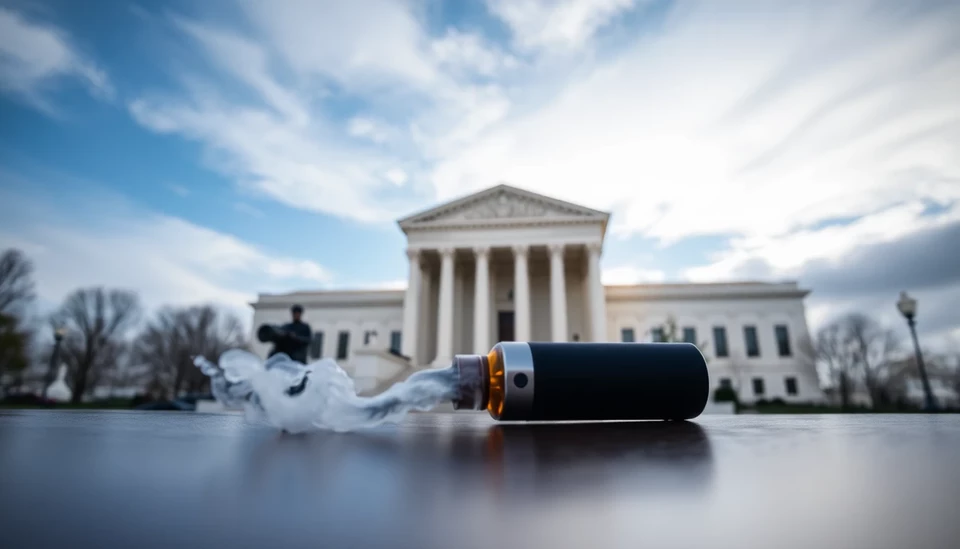
In a significant shift in consumer behavior, vaping has been growing at an unprecedented rate, outpacing the decline of traditional cigarette smoking. Recent data reveals that the use of electronic cigarettes and vape products is increasingly popular among various demographics, particularly among younger adults and adolescents. This change raises questions regarding public health implications, regulatory responses, and the future trajectory of nicotine consumption.
Research indicates that, while the number of smokers worldwide has been on a steady decline, the uptake of vaping technologies is quickly filling that void. According to reports, the global market for vaping products has witnessed a remarkable expansion, with forecasts suggesting that it could surpass the traditional tobacco market in the coming years. This surge in popularity is being attributed to several factors, including perceived health benefits, diversity in product offerings, and aggressive marketing strategies by manufacturers.
One of the driving forces behind this trend is the perception that vaping is a safer alternative to smoking. Many believe that e-cigarettes produce fewer harmful chemicals compared to traditional cigarettes, thus appealing to those looking to quit smoking. However, health experts caution that vaping is not without its own set of risks, including addiction to nicotine and potential lung complications.
Furthermore, the rise of social media has enabled vaping culture to flourish, particularly among youth. Platforms like TikTok and Instagram have been instrumental in promoting vaping lifestyles, creating a sense of community around the practice. Influencers often glamorize vaping, which could lead to increased experimentation among younger audiences who may have never considered smoking traditional cigarettes.
As vaping continues to rise, regulatory bodies across the globe are grappling with the implications of this trend. Many governments are adopting stricter regulations on vape products, from age restrictions to marketing guidelines, in an effort to control the growth of vaping among youths. The challenge lies in finding a balance between protecting public health and allowing adult smokers a less harmful alternative.
In conclusion, the data make it clear that the landscape of nicotine consumption is changing. As traditional smoking rates fall, vaping is positioned to become a dominant force. With more research needed to understand the long-term effects of vaping and ongoing discussions about regulation, it remains an evolving conversation in public health circles.
As the world adapts to these changes, consumers, regulators, and health professionals alike will need to navigate the complexities of this new phenomenon to promote better health outcomes.
#Vaping #Smoking #PublicHealth #NicotineTrends #YouthVaping #E-Cigarettes #VapeCulture #HealthImplications #Regulation
Author: Victoria Adams




